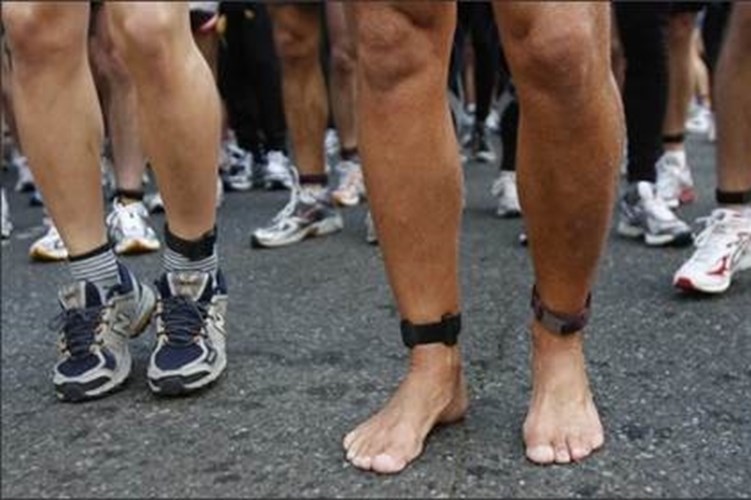1. What is Barefoot running?
Bare foot running is just that, running in your bare feet i.e. without footwear.
To clarify true barefoot running is very different to running in shoes that mimic bare foot running such as Nike Free’s. While these types of shoes claim to mimic bare foot running ( also known as free running shoes or minimalistic footwear) the research is showing a significant difference in the running style of those running true bare foot compared to wearing ‘free running shoes’ .
2. What are the benefits?
Bare foot running can be a great way to promote better foot strength, however don’t just throw out your old runners and start to run in bare feet expecting miracles. This type of running requires training and a gradual transition. I would recommend getting a running coach to help you with this and to practice both running in shoes and bare foot as a part of your training.
3. What are the draw backs?
Lack of evidence. Bare foot running advocates claim that running bare foot will significantly reduce the risk of injury as it promotes more of a fore foot strike as opposed to the rear foot strike our current sneakers foster. Basically you will hit the ground on the ball of your foot first when running bare foot verses hitting the ground with your heel first when in sneakers.
Unfortunately there is very little evidence to back this claim and of the evidence available, most studies suggest that while bare foot running reduces the risk of some injuries it can increase the risk of others.
Our ancestors may have got around without shoes however we are a society that has been wearing shoes for generations and our feet have adapted accordingly. We also need to consider that the surfaces that we walk on are a lot harder than the dirt and grass our ancestors were accustomed too.
4. What does the research say?
As mentioned above the research into this is still limited and there are very few if any studies that look at the long term effects of bare foot running.
Some of the more interesting study findings include; a change in ground reaction force and ankle movement between people walking in barefoot, in thongs, sandals compared to shoes; an increase in the incidence of metatarsal stress fractures in runners who changed from normal to bare-foot simulating footwear; a difference in ground contact and stride length in non-heel striking styles of running (barefoot running endorses a forefoot strike); toe runners putting increased strain on the plantar flexors, Achilles tendon and metatarsal heads; running barefoot might contribute to decrease patella femoral joint stress; a review on current literature found that barefoot running is not a substantiated preventive running measure to reduce injury rates in runners.
5. What should I consider prior to starting bare foot running?
- Your underlying foot mechanics - this can be determined by a podiatrist
- What surface you are running on i.e. sand, concrete, grass
- Your fitness level i.e. how often are you running and how far
So what does all of this mean for you? Basically books such as ‘Born to Run’ have been wildly popular in the US and have lead to an increase in the barefoot running trend amongst everyone from amateur to professional runners. However there is still very little evidence to support or discredit this style of running.
Therefore before you jump on the barefoot bandwagon talk to your podiatrist and proceed with caution.
